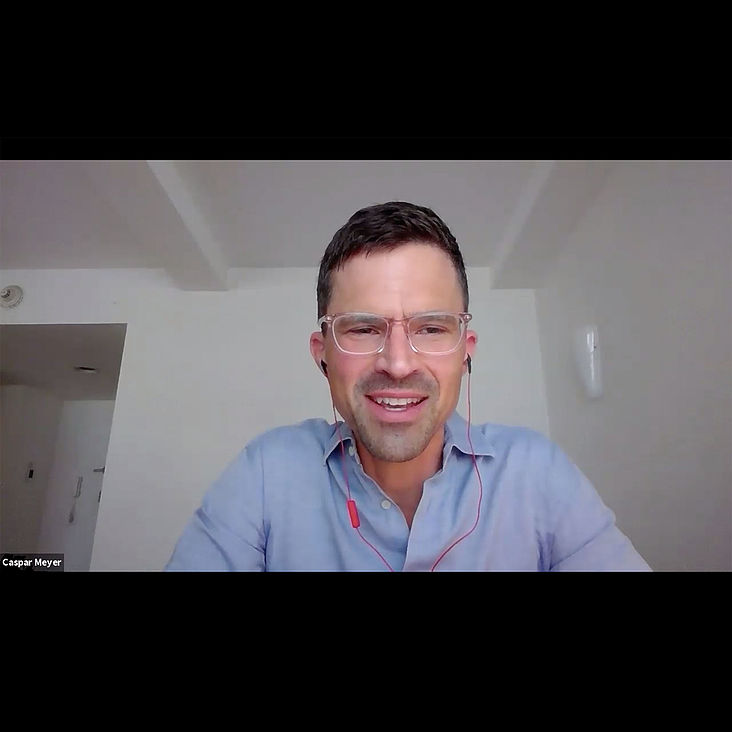What is a primary source? Anyone who studies objects as historical evidence knows how fraught the distinction between first-hand and secondary information can be. This summer, BGC students Elizabeth Koehn, Jinyi Liu, Will Neibergall and Maddy Warner joined Caspar Meyer on his archaeological fieldwork in Greece to learn about the processes that shape an object’s fortune from the moment of discovery to its publication as evidence. For two weeks the students worked alongside an international team on Despotiko, an uninhabited island in the Cyclades. Owing to the project’s association with the local museum on Paros and the ongoing restoration works at the site, the students gained first-hand experience of conservation and collection management as well as archaeological excavation.
In the seventh and sixth centuries BC, Despotiko featured a thriving sanctuary of Apollo and Artemis. The site underwent several phases of architectural monumentalization and attracted worshippers from nearby Paros and communities further afield. The immense expansion of the shrine probably occurred in the context of inter-state competition between Paros and its neighboring island Naxos. While Naxos’ sanctuary on Delos would become an international cult center, activity at Despotiko fell into abeyance for reasons yet unknown. Thanks to its relative neglect, the site offers unique opportunities for studying early Greek votive practices and the skills of the marble technicians who created the sanctuary’s impressive architecture and sculpture.
The BGC cohort was responsible for the excavation and documentation of a building serving the needs of the sanctuary visitors. In the storerooms of the Paros Museum we were able to compare our finds with those of earlier seasons and acquaint ourselves with the project’s archival conventions. This overview of processes revealed the hidden work (physical as well as intellectual) that precedes an object’s presentation to wider audiences – interpretation begins “at the trowel’s edge,” not in books or museum galleries.


